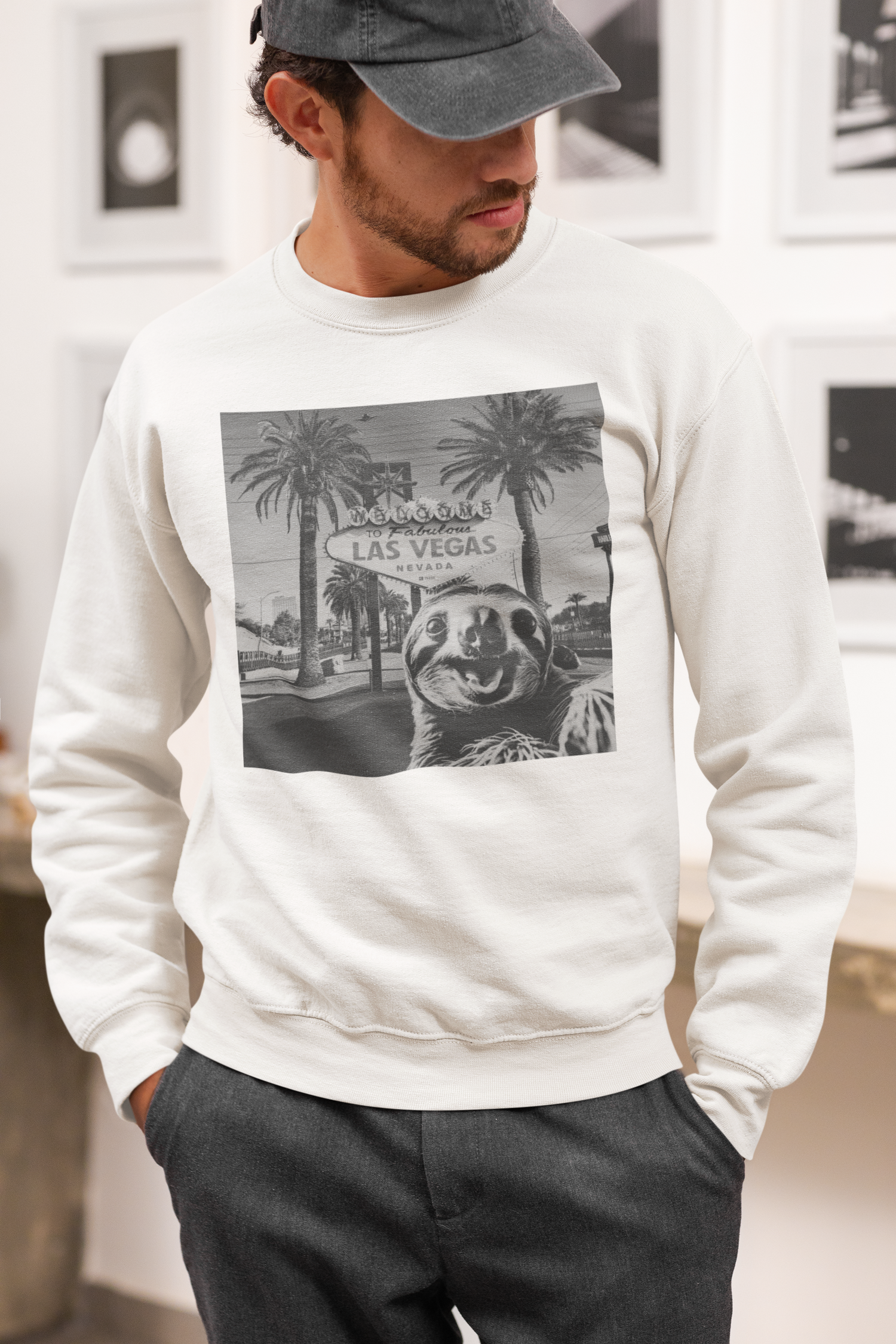The Hidden Harm of Wildlife Selfies
Share
That picture might get a hundred likes. But what did it cost?
Wildlife selfies have surged in popularity across social media — and while sloths have long been among the most exploited, they’re far from alone. From tigers drugged for tourist photos to monkeys held captive for street entertainment, the damage goes far beyond what we see in the frame.
The Problem Behind the Post
When animals are used for photo ops, their well-being is almost always compromised. Many are taken from the wild, kept in poor conditions, handled excessively, and subjected to loud crowds — all for the sake of a picture. Sloths, with their docile nature, are especially vulnerable. But elephants, otters, slow lorises, and even dolphins are also frequent victims of this trend.
According to World Animal Protection, over 500,000 wild animals are being exploited for tourist entertainment. And much of that is fueled by the demand for social media content.
It’s Not Just the Obvious Ones
While we often think of big cats or elephants in circuses, smaller and more docile animals suffer quietly. Slow lorises — tiny primates with big eyes — are frequently used in street photos in Southeast Asia. But their venomous bite is neutralized by pulling their teeth, leaving them permanently maimed. Dolphins, often used for “kissing” photos, are kept in cramped tanks and deprived of natural behaviors. Even baby tigers, bred for short windows of photo cuteness, are often euthanized or abandoned once they grow too big.
Each of these animals has unique needs, natural habitats, and social structures that are disrupted when they’re placed in human hands — even temporarily.
“Sanctuary” Isn’t Always Safe
Some places market themselves as sanctuaries or rescues, but behind the scenes, they’re little more than photo factories. True sanctuaries will never allow direct interaction with wildlife. If visitors are encouraged to hold, pet, or pose with animals, that’s a red flag.
National Geographic has reported on the widespread misuse of the term “sanctuary” in tourism — with many travelers unknowingly supporting harmful practices.
Real Conservation Doesn’t Look Like a Selfie
Real conservation centers prioritize habitat restoration, species education, and animal well-being. They may offer viewing platforms or guided tours — but always from a distance. And they make it clear that these animals are not entertainment, but endangered beings worthy of protection.
For example, the AIUNAU Foundation in Colombia works to rescue and rehabilitate sloths while keeping them far away from cameras and crowds. Their work is quiet, long-term, and not designed for Instagram — which is exactly why it matters.
Together, We Can Shift the Focus
Sloths, tigers, monkeys, dolphins — they all deserve better than to be used as props. Every like, share, and photo choice carries weight. And every traveler has power.
By making more mindful decisions, we can help rewrite the story — one that prioritizes animal welfare, respects their wildness, and protects their habitats.
Here’s how you can be part of the shift:
- Be a conscious traveler. Avoid attractions that offer direct animal interactions, and ask questions before supporting any wildlife tourism.
- Use your platform for good. Share content that celebrates animals in their natural environments. Tag ethically run sanctuaries and educational organizations.
- Think before you post. Ask: Is this image promoting respect or exploitation? Is this animal behaving naturally or being forced to entertain?
- Support ethical sanctuaries and conservation groups. Look for nonprofits focused on rehabilitation, rescue, and release — not selfies.
- Educate others. You don’t have to be an expert — just informed. Have conversations. Spark curiosity. Encourage friends to rethink the “wildlife selfie.”
Change doesn’t require a megaphone. It starts with small, consistent choices made by people who care.
You’re here. You’re reading this. And that means you already do.
Let’s make ethical the new viral. Let’s celebrate animals as they are: wild, free, and worthy of respect.

